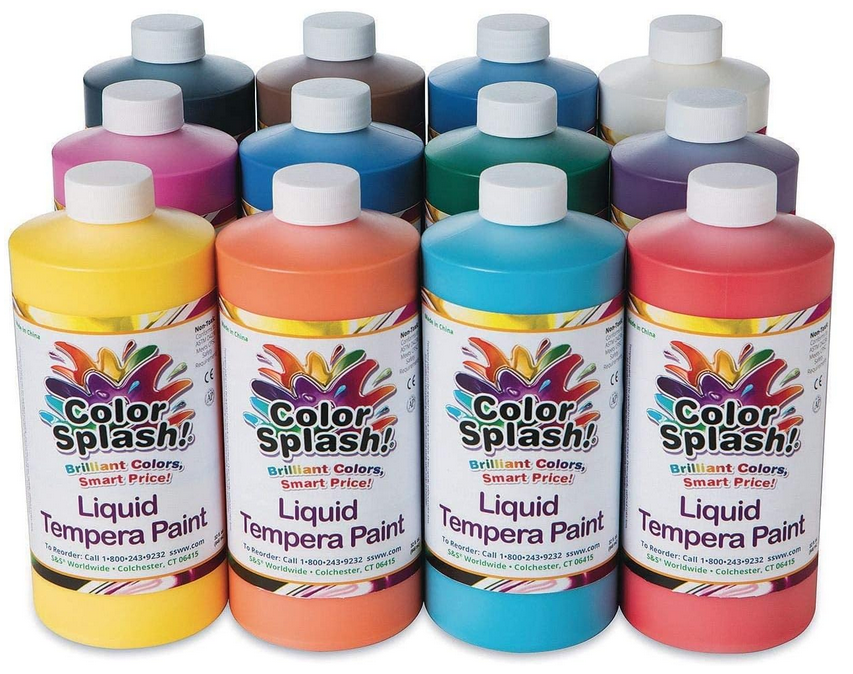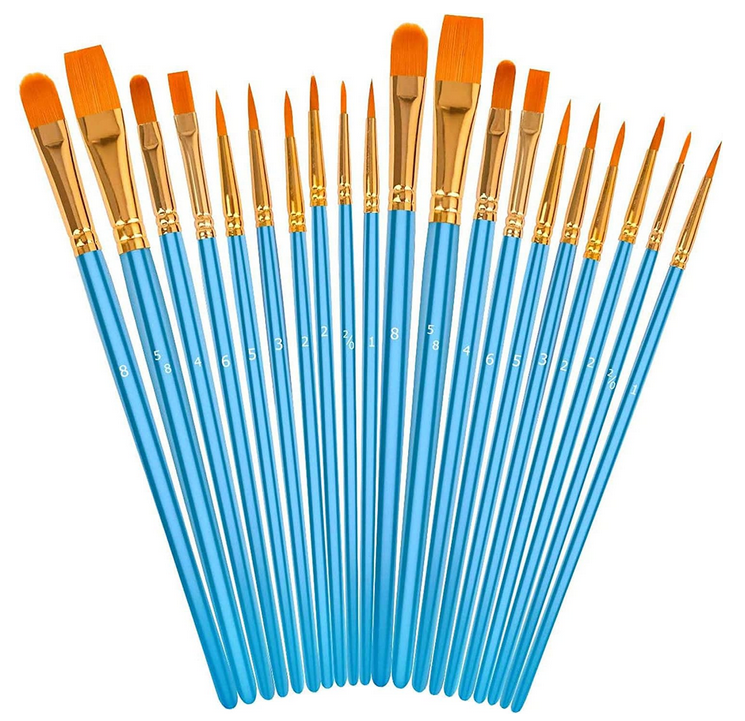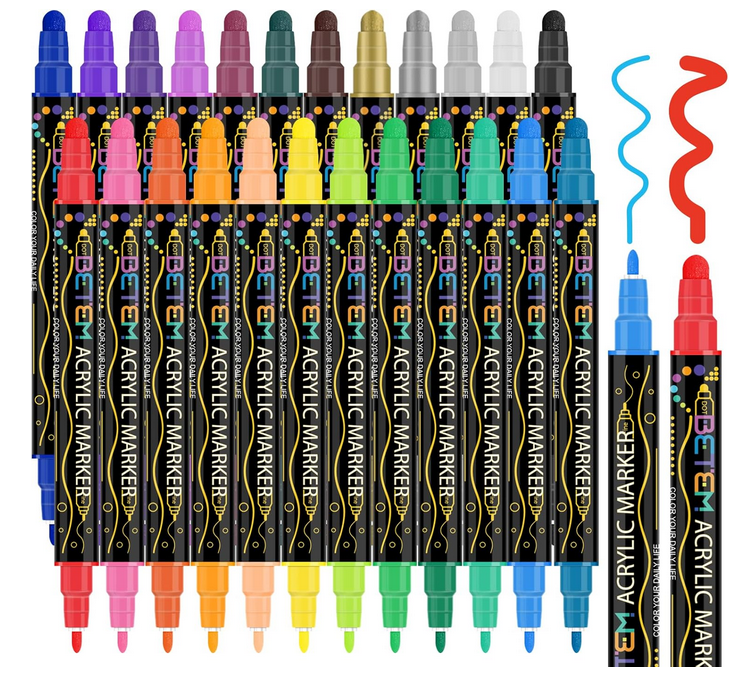- Home
- Social Studies
- Louisiana Purchase
Louisiana Purchase Exploration
The Louisiana Purchase and Lewis and Clark's Exploration
 Thomas Jefferson -
3rd President of the USA
Thomas Jefferson -
3rd President of the USAIn 1801, when newly elected president Thomas Jefferson heard that
France had secretly repurchased the Louisiana Territory from Spain, he
was sure that the French under Napoleon Bonaparte would be very
aggressive about control of the area. Jefferson therefore decided to try
to buy part of the vast territory - West Florida and New Orleans,
especially the seaport at the entrance to the Mississippi - which he
considered crucial to the growing commercial interests of the United
States. The result of Jefferson's foresight and diplomacy yielded a historic acquisition and led to the Louisiana Purchase exploration.
In a surprising move, probably because of troubles in Europe, and for the extraordinarily low price of $15 million, Napoleon offered the Americans not only New Orleans but the entire Louisiana territory:
- an area larger than France itself,
- an area larger than the original 13 colonies,
- an area that in a single instant doubled the size of the United States.
Although the price was $12 million more that American Representatives Robert Livingston and James Monroe were told to spend, this 1803 agreement was one of the best land deals that America (USA) ever made.
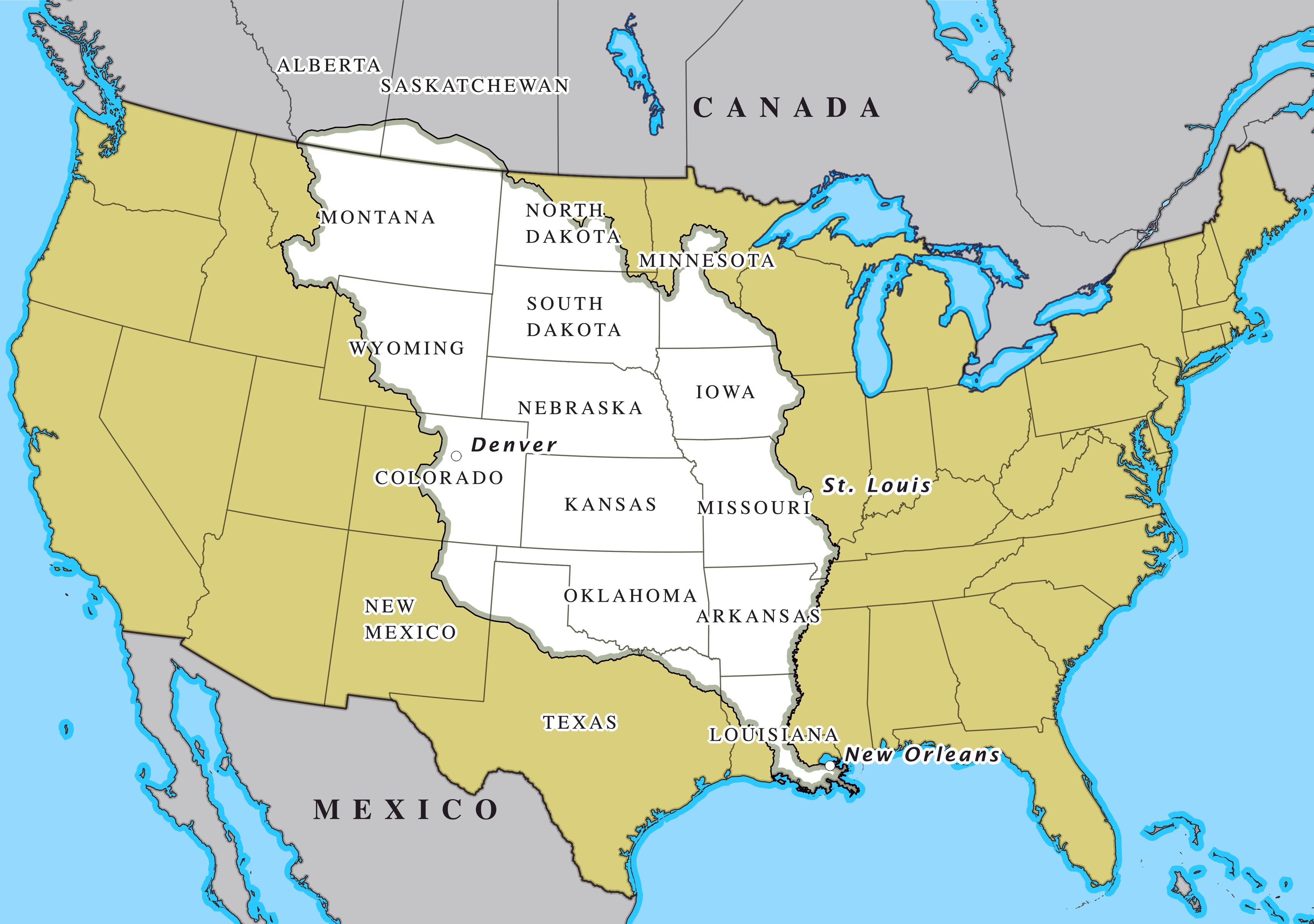
"You have made a noble bargain for yourselves ...."
French Foreign Minister
Talleyrand, 1803
Lewis and Clark
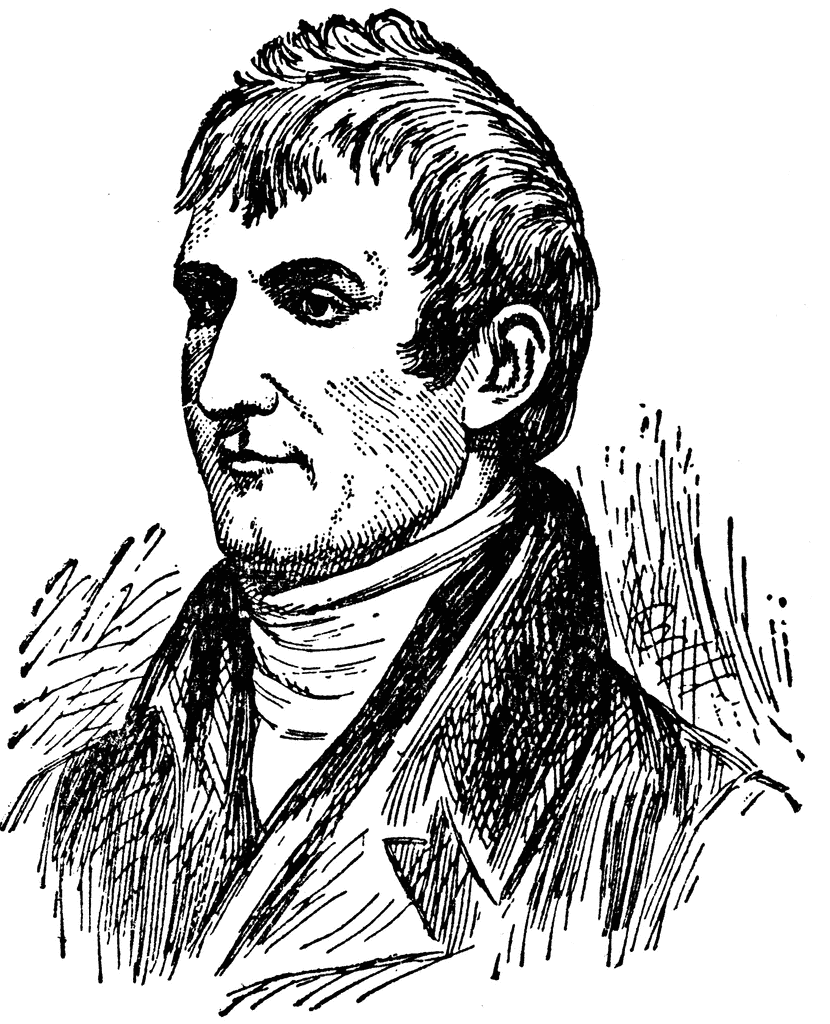 Meriwether Lewis
Meriwether LewisEven before he authorized the Louisiana Purchase, Jefferson, knowing
that the nation's future was in the west, had already gotten money from
Congress to explore what were still foreign lands. Jefferson then chose
Meriwether Lewis (1774-1809), his private secretary, and William Clark
(1770-1838), both Virginia army men, to lead the expedition into the
vast, unmapped territory and to head west to the Pacific
Ocean - on the Louisiana Purchase exploration.
 William Clark
William ClarkAt the beginning of one the most important adventures in American history, Lewis and Clark and their group of about forty men came together in Saint Louis in the winter of 1803-4. they gathered supplies for the difficult trek and left in May, reaching what is now North Dakota about eight months later.
Understanding the importance of public relations, Jefferson asked Lewis and Clark to send back animals and plants that had never been seen in the East. He also had them send items of traditional native American dress and invite Indian leaders to visit the White House. many tribal chiefs, especially the Osage and Pawnee, accepted the invitation to visit Washington and were a sensation. The arrival of these unusual items and people kept interest in the new territories at a high pitch and kept Jefferson and his land policies popular.
Reaching the Pacific with Sacajawea
 |
Sacajawea traveled with the Louisiana Purchase exploration thousands of miles from North Dakota to the Pacific Ocean, helping to establish cultural contacts with Indigenous peoples and contributing to the expedition's knowledge of plants and animals in different regions. |
In the spring of 1805, the explorers pushed west into Oregon Territory. They crossed the Rocky Mountains with the help of a native American guide named Sacajawea and her French Canadian husband, traveled down the Columbia River in canoes, and sighted the Pacific Ocean in November 1805. The following spring the group split into two parties and explored new overland routes for the return to Saint Louis. They were joyously reunited there in September 1806.
Their notebooks, containing maps of their route and records of what the saw and with whom they traded, made the unknown known and were valuable to the United States in its great push westward.
More ... thinking deeper ... research topics ...
- How would possession of the port of New Orleans help build commercial success in the United States at the beginning of the nineteenth century?
- Why did France sell the Louisiana Territory for such a low price?
- What became of the status of the indigenous peoples living in the Louisiana Purchase when the USA assumed ownership?
- Who was Sacajawea's husband?
- Why did the Lewis and Clark expedition explore beyond the bounds of the Louisiana Territory?
- How did the Lewis and Clark expedition help build the attitude of "manifest destiny?"
- Write three paragraphs about how you imagine the Osage and Pawnee leaders reacted to visiting the East at the capital and at the White House.
En 1801, cuando Thomas Jefferson, recién elegido presidente, supo que Francia - en secreto - había vuelto a comprar el territorio de Luisiana a los españoles, estaba seguro de que los franceses, bajo Napoleón Bonaparte, ejercerían un rigido control de la zona. Por eso Jefferson decidió tratar de comprar parte de ese vasto territorio - el oeste de Florida y Nueva Orleáns, particularmente el puerto en la boca del Rio Misisipi - que consideraba clave para los crecientes intereses comerciales de los Estados Unidos.
Okay, so now I've put on some ads from Amazon - from which I may earn a few cents. (2025)
